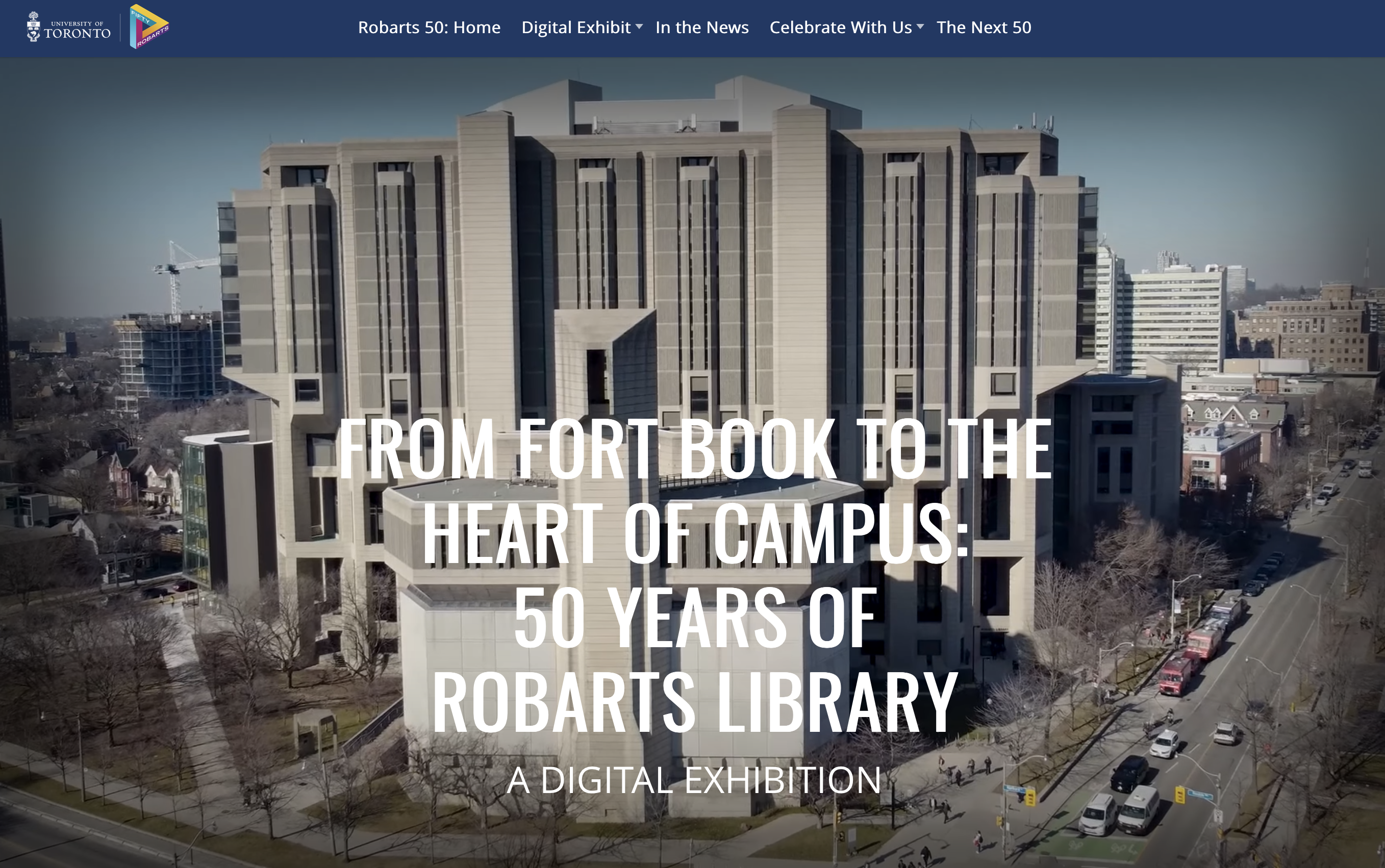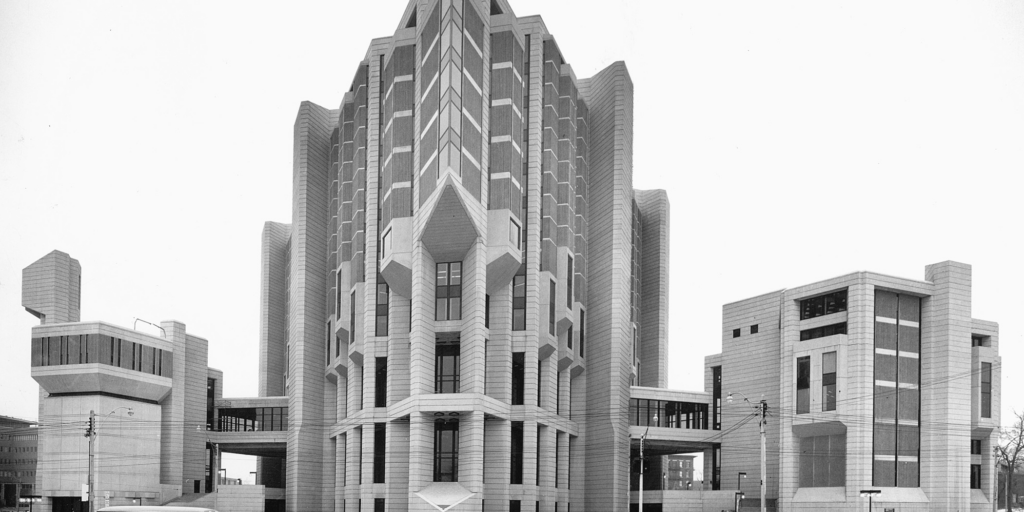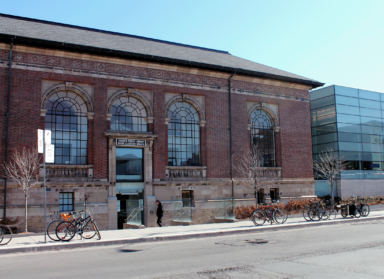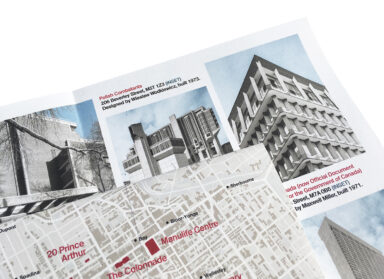Spacing recently published an oral history reflecting on the five-decade life of one of Canada’s most recognizable Brutalist buildings: the University of Toronto’s Robarts Library. It features commentary by ERA’s Michael McClelland as well as Carole Moore (University of Toronto Chief Librarian, 1986-2011), Gary McCluskie (Diamond Schmitt), and writer Shawn Micallef. The piece explores Robarts Library’s design antecedents, materiality, and scale—it was the world’s largest academic library when it opened in 1973—while tracking the evolution of public, critical, pop cultural, and even literary perceptions of the building. Italian novelist Umberto Eco was so impacted by Robarts that he used it as the basis for the fictional library in his 1980 novel The Name of the Rose.
At the time, there was great enthusiasm for constructing big buildings, and there was enthusiasm for concrete. It sounds odd, but you have to think of this type of building within the context of the time, because pre-World War II, if you wanted to build an impressive building, it had to be granite and marble, or sandstone and limestone, as a way to impress everyone with the materials. But after the war, there became a real recognition that we had to build a lot. And concrete became this signal of modernity. It was, in a great way, an equalizer.
Michael McClelland, from “Robarts Library, an architectural oral history”
To dive deeper into the library’s history, explore the University of Toronto’s Robarts 50 digital exhibition.

Photograph courtesy University of Toronto Archives



